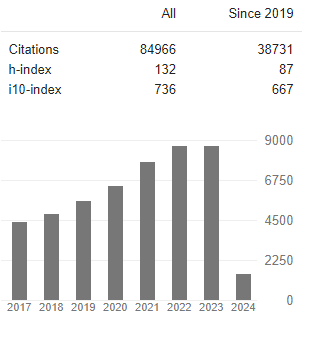Genetic Interpretation of Some Medico-Philosophical Theories of Ibn Sina: 2-Ibn Sinas Theory of Mixtures and Essence
Abstract
Magdy Mohamed Morsi Zaabal
In his pioneering manuscript: Treatise on Cardiac Drugs [Risalat al Adwiya al Qalbiyah], Ibn Sina stated, Each organ has a special structure which is the result of specific mixtures in the essence but this special structure is developed by the cause of the numbers of mixtures and the form of their structure. In the current study, we traced the linguistic and historical sources for the meaning of the terms “mixtures/akhlat” and “humors”, and then we adopted the interpretation of the term “akhlat” as they are the “mixtures/chromosomes”, while the term “humors” refers to a wide range of biological molecules; some of them do not apply to term “mixtures/chromosomes.
Ibn Sina, by his scientific intuition, deduced and explained the substantial changes in the embryonic development process, and he was one of the first scientists to predict the existence of the zygote as a drop of blood. Furthermore, Ibn Sina – in contrast to Aristotle – believed that females do produce akin to male semen, which may apply to our current notion of ovum.
With regard to the term essence, Ibn Sina mentioned it in the context of the process of creating the soul and the formation of the embryo as well. Therefore, we adopted the definition of the essence as the first perfection/soul/human genetic core/ zygote, and finally, we explained the inevitable dialectical relationship between the three essential contents of the “essence”, which are the soul, the mind and the heart.
Furthermore, the current study proposes that Ibn Sina was the first to deduce and develop the theory that genes contribute to genotype, and the genotype contributes to the phenotype, which is clearly manifested in the causal relationship between the genotype and phenotype in the sense that the phenotype is the gift of the genotype.




